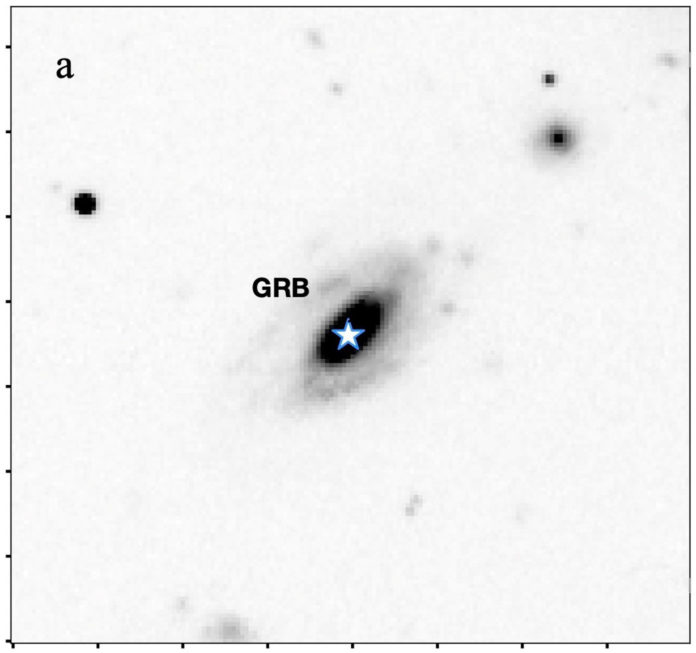The galaxy must contain enough amount of cold gas to form stars. If it doesn’t have the gas, it cannot clump together enough to collapse into stars. Scientists need to look for cold, neutral gas to investigate if a galaxy could form a star or not. This neutral gas is the most significant component of neutral hydrogen by far.
However, detecting neutral hydrogen atoms is quite tricky at large distances. Large distances mean looking further back in time. We can see atomic hydrogen back to when the Universe was around 9 billion years, 2/3 of its current age with existing technology.
Observing the combined light from enormous outfits of galaxies, we can look fairly farther, back to when the Universe was 6 billion years of age. This comes at the cost of simply probing galaxies in statistical change since we lose data of the individual galaxies.
Molecular hydrogen also has similar limitations. Finding a suitable tracer- emission from another molecule representing the same gas-phase- could be the solution. One such tracer is carbon monoxide (CO). However, the downside to this solution, is that the same factor used to convert the observed carbon to the desired hydrogen is somewhat uncertain, depending on several external features.
In a new study, astronomers at the Cosmic Dawn Center have found a novel way to estimate the amount of cold gas in some of the first galaxies. For this, they combined observations of exploding stars and observations of galaxies,
They come up with a similar tracer for atomic hydrogen.
Most stars end their life in supernova explosions. The explosions outshine the host galaxy completely, making them visible across the most observable Universe. The most violent of these are the so-called gamma-ray bursts.
Gamma-ray bursts typically occur in the centers of their host galaxies. For some time, they illuminate the gas, dust, and metals in these galaxies. This provides a cosmic lighthouse that reveals the galaxy’s constituents.
In this study, astronomers found another useful tracer of the atomic neutral hydrogen gas. That tracer is ionized carbon, i.e., carbon atoms that have lost one of their electrons.
The bright background light of the gamma rays excites the carbon ions. Therefore, the intervening gas leaves a unique absorption fingerprint in its spectrum.
For the study, scientists used the observations of gamma-ray bursts to quantify the abundance of carbon ions in this excited state. The decaying of these carbon ions generates strongly emitting light.
Comparing this to the atomic hydrogen abundance, they could directly infer the amount of neutral nuclear gas associated with ionized carbon. In other words, the team demonstrated a way to infer the amount of the elusive neutral hydrogen based on observations of the more tractable carbon.
They collected a large set of observations of galaxies emitting the same particular transition of ionized carbon. Measuring the total amount of light produced from this transition, they could then infer the galaxy’s corresponding absolute atomic gas reservoir.
The team noted, “This work provides the first insight into the invisible, neutral gas components of galaxies in the distant universe, results that will greatly contribute to our overall census of galaxy formation and evolution.”
Journal Reference:
- Kasper E. Heintz, Darach Watson et al. Measuring the H i Content of Individual Galaxies Out to the Epoch of Reionization with [C ii]. DOI: 10.3847/1538-4357/ac2231
